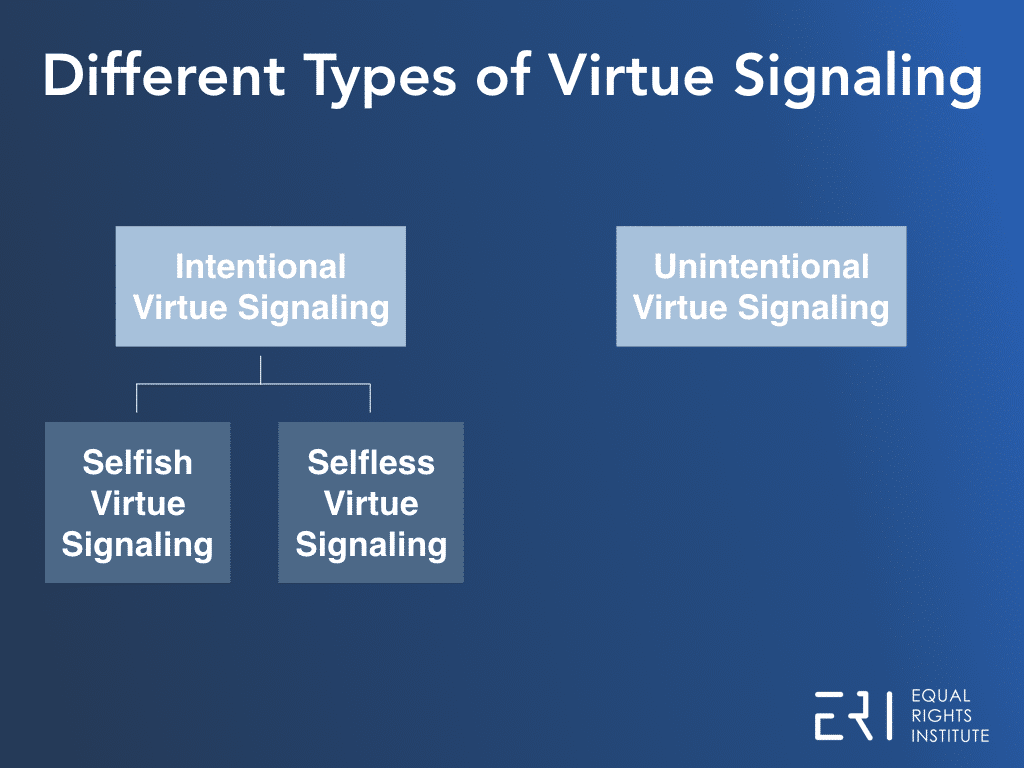The Impact Of Virtue Signaling On Modern Architecture: An Exclusive Interview

Table of Contents
Defining Virtue Signaling in Architectural Design
Virtue signaling, in the context of architecture, refers to the adoption of design features primarily to project an image of ethical or socially responsible behavior, rather than out of genuine commitment to those values. It's about appearances over substance. Architects might incorporate features typically associated with sustainable or ethical practices, but the implementation may lack depth or genuine impact.
Examples of architectural features often associated with virtue signaling include:
-
Green roofs: While beneficial for stormwater management and biodiversity, a small green roof on a large, energy-inefficient building might be seen as symbolic rather than truly impactful.
-
Sustainable materials: Using reclaimed wood or recycled steel can be laudable, but only if the sourcing and processing of these materials are truly sustainable and transparent. The use of bamboo, a rapidly renewable resource, is increasingly popular, but its carbon footprint during transportation must be considered.
-
Locally sourced materials: Prioritizing local materials reduces transportation emissions, but this must be balanced against potential higher costs and limitations on material choice.
-
Using sustainable materials as a marketing tool rather than a core design principle. The emphasis is on the marketing message, not the actual environmental benefits.
-
Overemphasis on symbolic gestures over actual environmental impact. A visually striking but ultimately ineffective "green" feature might overshadow more substantial, less visible improvements.
-
The risk of greenwashing in architectural projects. False or misleading claims about sustainability damage trust and undermine genuine efforts.
Motivations Behind Virtue Signaling in Architecture
Several factors drive the engagement of architects in virtue signaling. These motivations are complex and often intertwined:
- Attracting clients seeking environmentally conscious designs. The growing demand for sustainable buildings pushes architects to showcase their commitment to green building practices, even if the implementation is less comprehensive than advertised.
- Improving the public image of a firm or project. Positive media coverage and public perception are crucial for attracting future clients and securing funding. Demonstrating a commitment to ethical principles can significantly enhance reputation.
- Meeting specific regulatory requirements or gaining certifications. LEED certification or other sustainability standards incentivize architects to incorporate specific features, even if they are not fully integrated into the design's core philosophy.
- Responding to societal pressure regarding climate change and social responsibility. Architects, like other professionals, feel the pressure to align their work with societal expectations around sustainability and social justice.
The Impact of Virtue Signaling on Architectural Design and Functionality
The influence of virtue signaling on design choices can be both positive and negative:
- Increased costs associated with sustainable or ethically sourced materials. Using eco-friendly materials often leads to higher upfront costs, potentially impacting the project's budget and feasibility. The cost of sustainable timber, for example, can be considerably higher than that of conventionally sourced timber.
- Potential limitations on design creativity due to ethical constraints. The need to incorporate specific sustainable features can restrict creative freedom and compromise aesthetic considerations.
- Conflicts between achieving functional efficiency and demonstrating ethical commitments. Sometimes, prioritizing ethical considerations can lead to less efficient or less functional designs.
- The potential for design features intended to signal virtue to become design flaws. A poorly integrated green roof, for instance, could lead to leaks or other structural problems.
Criticisms and Counterarguments of Virtue Signaling in Architecture
Critics argue that virtue signaling in architecture is often superficial and performative, lacking tangible impact. They contend that symbolic gestures can distract from more substantive efforts towards genuine sustainability and social responsibility.
- Arguments against virtue signaling as superficial and performative. Critics argue that it's more about projecting a desirable image than making genuine change.
- Discussions about the effectiveness of symbolic gestures versus substantive change. Is a small green roof truly effective, or is it just a distraction from larger energy efficiency concerns?
- Arguments supporting the integration of ethical considerations into the design process. Proponents argue that even if not perfect, efforts towards sustainability and social responsibility are crucial.
- Focus on the broader impact of design choices on communities and the environment. The design process should consider the social and environmental impacts of a building throughout its lifecycle.
The Future of Virtue Signaling in Architectural Practice
The future of virtue signaling in architecture depends on increased transparency and accountability:
- Increased demand for transparency and verifiable sustainability claims. Clients and the public are increasingly discerning and demand verifiable evidence of ethical practices.
- The potential for stricter regulations and certifications to ensure authenticity. More stringent standards and stricter enforcement are needed to prevent greenwashing.
- The development of new technologies and materials that support ethical design practices. Innovation in materials and construction techniques can facilitate more sustainable and ethically sound designs.
- The role of architects in leading the discussion on ethical design and social responsibility. Architects have a vital role in promoting genuine sustainability and ethical considerations within the profession.
Conclusion
This exclusive interview revealed the complex and multifaceted nature of virtue signaling in architecture. While critics highlight its potential for superficiality and performative actions, proponents argue that integrating ethical considerations into design is crucial for creating a more sustainable and equitable built environment. The future of architectural practice hinges on achieving a balance between aesthetic appeal, functional efficiency, and genuine social and environmental responsibility. Moving forward, greater transparency, robust certification processes, and a critical assessment of design choices are essential to ensure that virtue signaling in architecture translates into tangible, positive change. Let's continue the conversation on the ethical considerations vital for the future of virtue signaling in architecture, and work towards a more authentic and impactful approach to sustainable design.

Featured Posts
-
 The Courage Of Idf Soldiers Held Captive A Gaza Chronicle
May 26, 2025
The Courage Of Idf Soldiers Held Captive A Gaza Chronicle
May 26, 2025 -
 Hudson Valleys Top Shrimp Dishes 5 Restaurant Recommendations
May 26, 2025
Hudson Valleys Top Shrimp Dishes 5 Restaurant Recommendations
May 26, 2025 -
 Canada Posts Decline A Boon For Competing Delivery Companies
May 26, 2025
Canada Posts Decline A Boon For Competing Delivery Companies
May 26, 2025 -
 Astmrar Almzahrat Fy Tl Abyb Mtalb Bitlaq Srah Alasra
May 26, 2025
Astmrar Almzahrat Fy Tl Abyb Mtalb Bitlaq Srah Alasra
May 26, 2025 -
 Apples New I Phone Feature A Must Have For Formula 1 Fans
May 26, 2025
Apples New I Phone Feature A Must Have For Formula 1 Fans
May 26, 2025
